Learn All About Your 1992 Corvette from Rick Mears
With the help of the IndyCar legend, 1992 ‘Vette owners can get a better idea of how well their car performs.
Who remembers 1992? For starters, that was the year the ‘Teflon Don,’ John Gotti, was sentenced to life in prison. The Mall of America in Bloomington, Minnesota opened its big doors for the first time. Pearl Jam and Nirvana ushered in a new area of rock from the gray skies of Seattle. Windows 3.1 was introduced, and the decades-long Cold War finally came to an end.
And of course, 1992 was the third model year for the C4-era Corvette ZR-1, and the ninth model year for the C4 Corvette overall. What better way to learn about the performance of such cars than with this owner’s video posted by YouTube channel All Wheels.
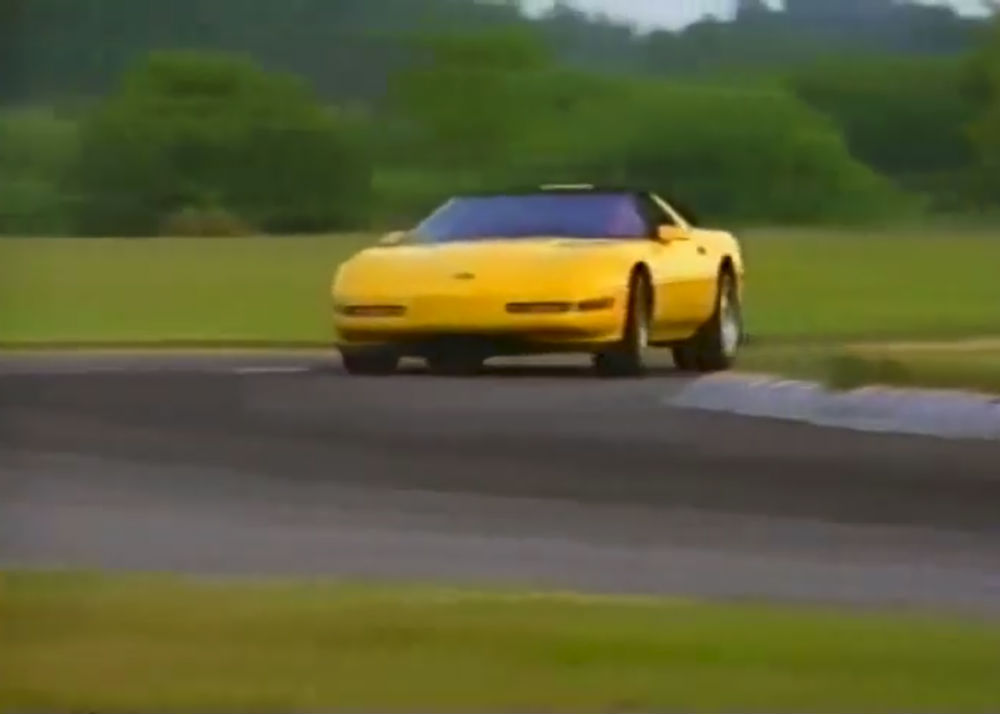
“Even for a guy who spends a lot of time driving Corvettes and racing them in the SCCA Escort World Challenge,” says 1992 Corvette development chief John Heinricy, “I still get a kick out of these cars every time I get behind the wheel.”
Heinricy then lets the 1992 Corvette owner know they’ll learn all about their new ride, from the design to the performance it provides. He won’t be alone to wax on about the new ‘Vette, though, for rolling up in the red convertible is none other than four-time Indianapolis 500 champion Rick Mears, who would retire from competition by the end of 1992.
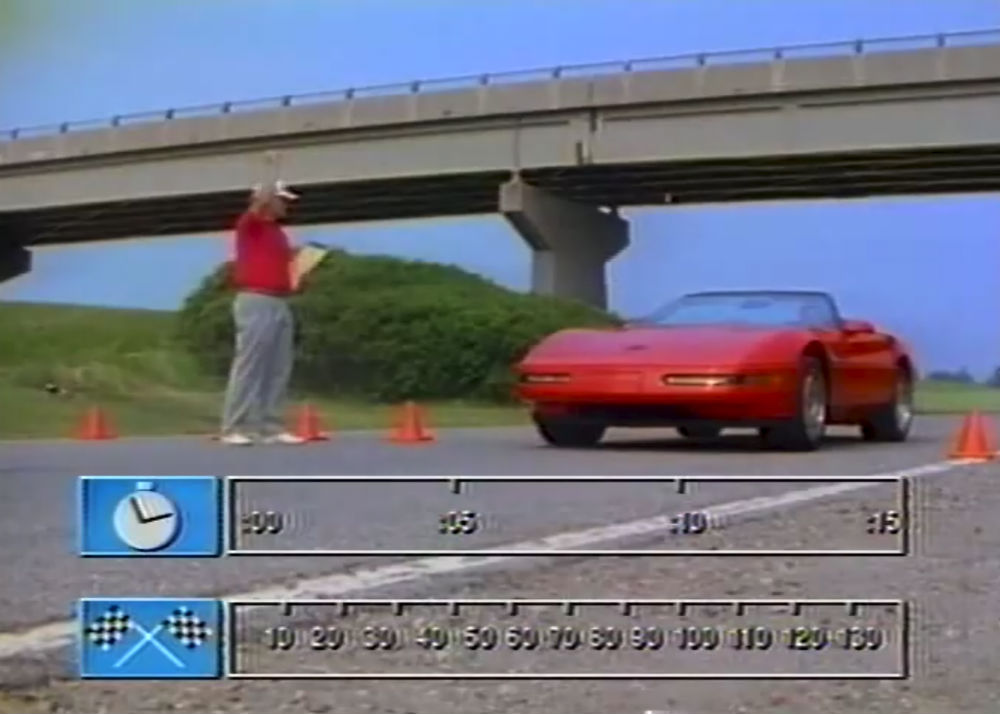
“What you’re going to see in this first demonstration is the outstanding straight-line acceleration capability of Corvette and ZR-1,” said Mears. “On the track with this new, 300-horsepower LT1 engine, the 1992 Corvette will go zero to 60 in just 4.92 seconds, and run the quarter mile in 13.7 seconds, reaching over 103 miles per hour.”
ALSO SEE: 2019 Corvette ZR1 Night Drive Cinematic
As for the ZR-1, Heinricy says it’ll hit 60 mph in 4.3 seconds with the help of its 375-horsepower LT5, and cross the line in 12.9 seconds at 127 mph. He then takes us through the run from inside the car, where he punches through the six-speed ZF manual to get the time.
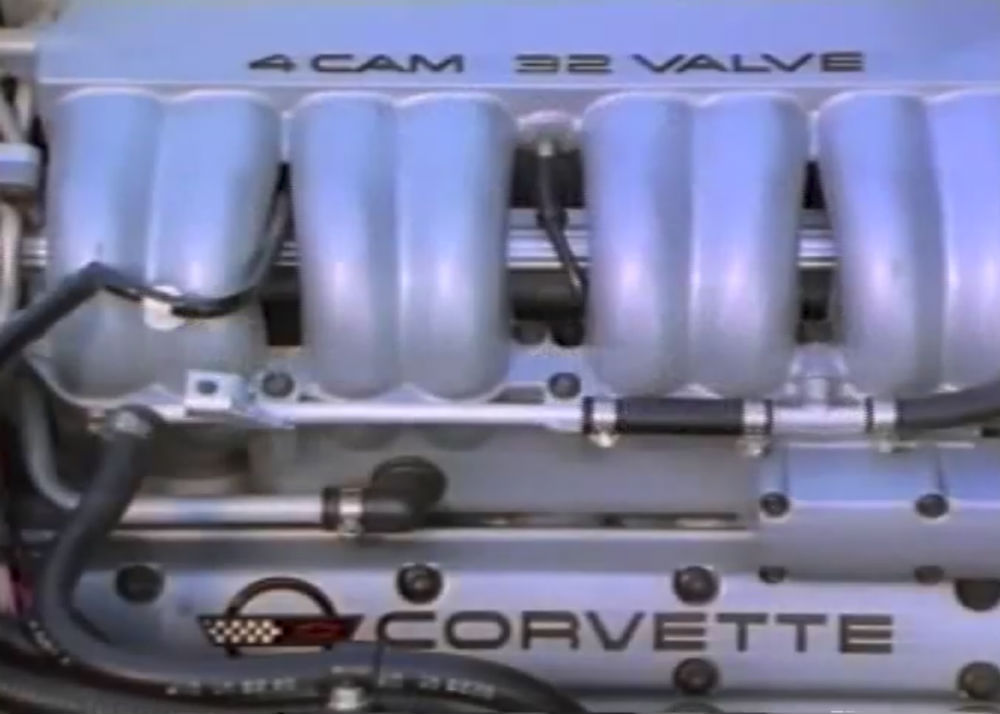
“We use a significant amount of aluminum alloy on Corvette,” says Heinricy, “including components in the front and rear suspensions, and the powertrain. Along with its high strength, weight savings is one of the key benefits of incorporating aluminum in the design of a car. The lighter we make the make the car, and the more powerful we make the engine, the faster it’s gonna run zero to 60.”
Both Heinricy and Mears go on to add that torque and drivetrain placement are also important in take-off performance. While Heinricy put in the work with his six-speed manual to build up enough torque to go, Mears says the automatic Corvettes accomplish the same task while nearly doubling the amount of torque. And as for the rear-wheel drive drivetrain, Heinricy says the balance of the car’s weight is easily transferred toward the back, putting more traction to the drive wheels than a front-drive unit that loses all that weight.
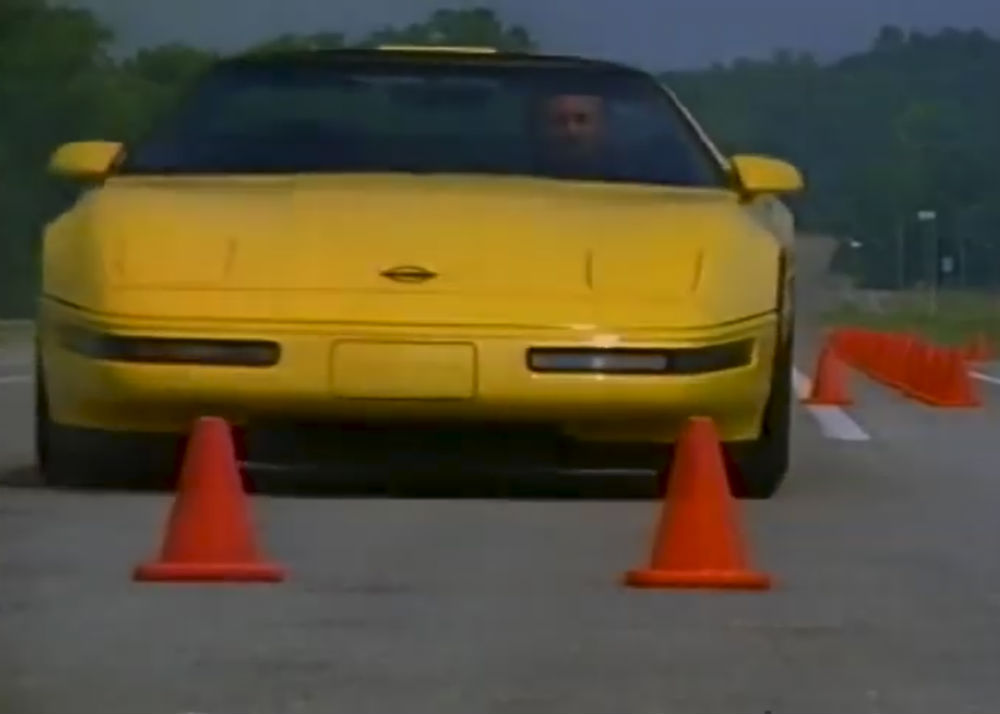
“Another key performance tribute of Corvette and ZR-1 is how fast they can stop,” says Mears. “With a standard four-wheel disc brakes, it takes Corvette only about 125 feet to go from 60 to zero miles per hour on dry pavement.”
Heinricy adds that the regular Corvette’s 12-inch rotors at all corners and dual-piston calipers up front are the secret to the car’s incredible stopping power. The ZR-1 and coupes equipped with the Z07 package have heavy-duty braking power derived from the Corvette’s time in the SCCA Escort series, of course, allowing the street-legal ZR-1 to stop from 60 to zero mph in the same distance, despite weighing more than the regular coupe.
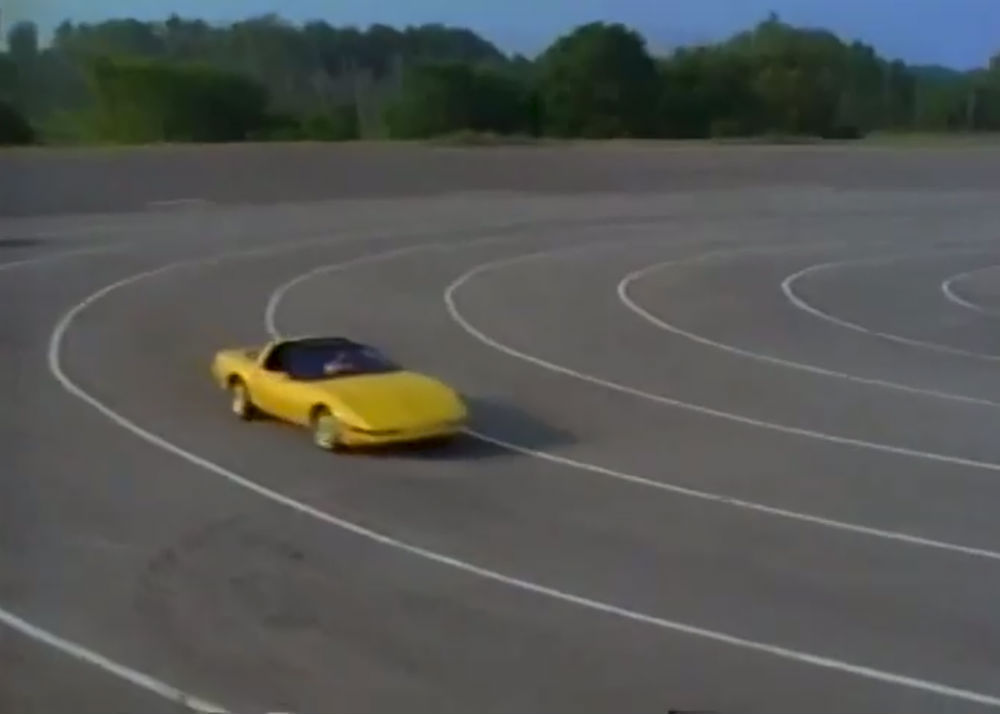
“Corvette’s tires, suspension design, front-to-rear balance, and low center of gravity all work together to optimize its lateral acceleration,” says Mears. Both the regular and ZR-1 Corvettes come out of the turning circle with a rating of .95g, which Mears says “speak for themselves.”
ALSO SEE: Corvette ZR1 Review: American Excess
Heinricy says the key to those ratings “are its tires and independent four-wheel suspension system.” The tires on the ’92 ‘Vettes came with an asymmetrical tread pattern for maximum wet- and dry-surface performance. Mears adds that the independent suspension is very effective at adjusting camber while driving to help the Corvette’s tires “maintain a flat contact patch with the road.”
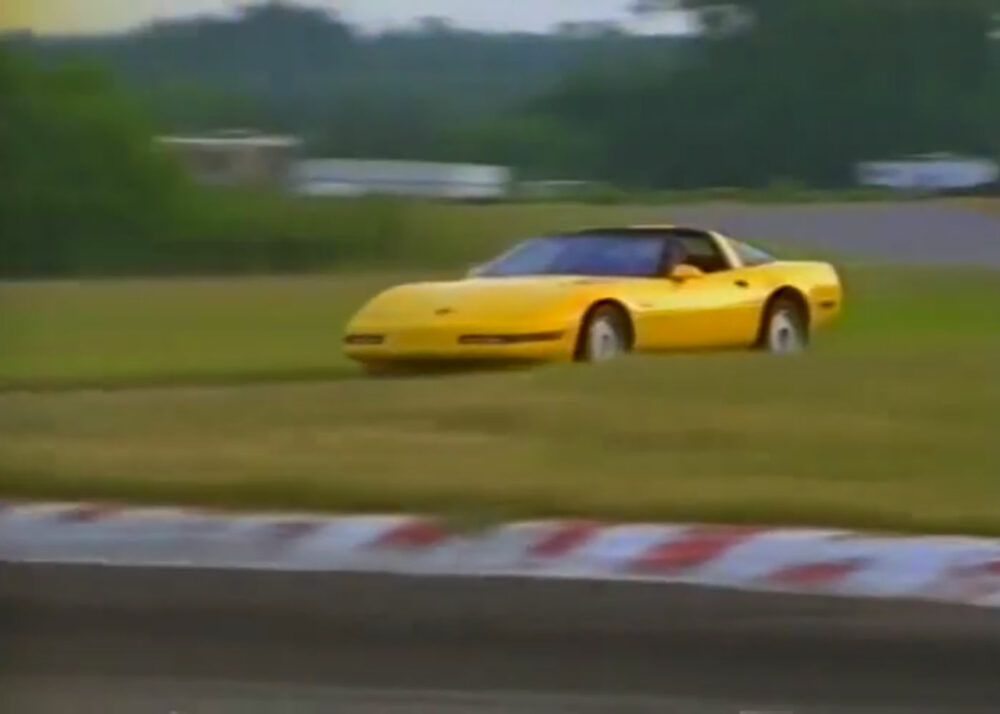
“And while no one will ever confuse the ride of a Corvette with that of a Cadillac Sedan de Ville, the selective ride control system available on coupe and convertible, and standard on ZR-1s, does allow you to adjust the suspension for different needs,” said Heinricy, Mears adding sometimes, owners want a softer ride when not throwing their weight around the track.
And speaking of weight, Mears says a 50/50 weight distribution is the perfect combination for performance, which the Corvette convertible achieves. The coupe has 49/51 distribution, while the ZR-1 gains a 52/48 distribution due to the heavier LT5.
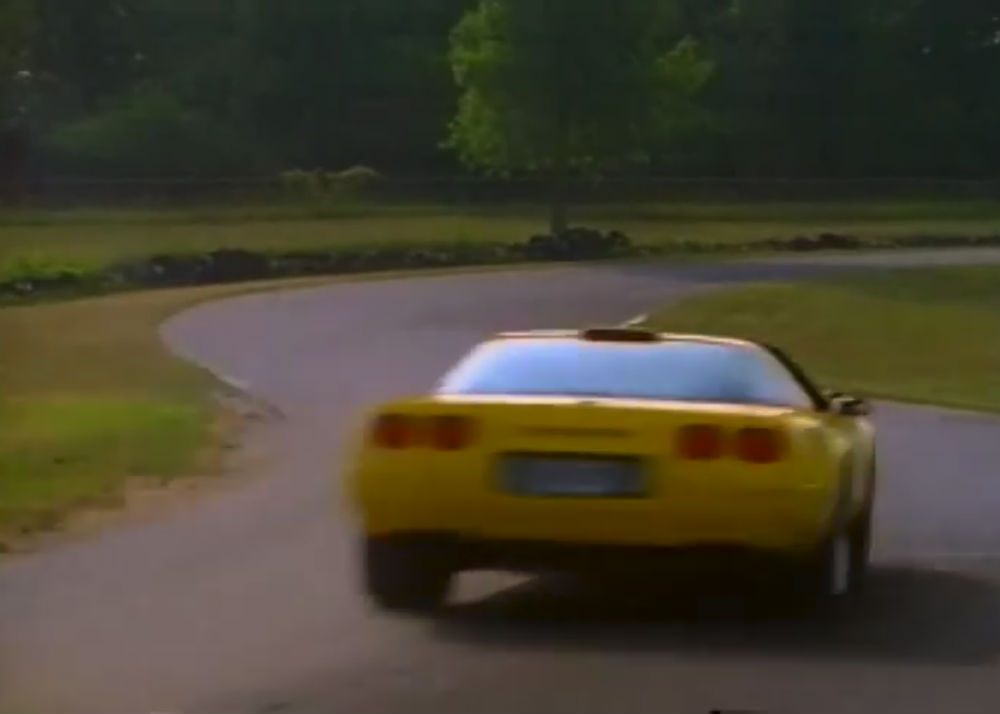
“But this balance is only present when the car is sitting still,” Heinricy adds. “The dynamics of motion are always transferring the weight around, and that’s why the center of gravity is so important.”
All Corvettes from 1992 were just 15 inches off the ground, providing excellent weight transfer no matter the situation, though “it might make it a little tougher to get in and out” of the car. But this and everything else about the 1992 Corvette and ZR-1 all work together to help you “realize your full potential as a driver.”
